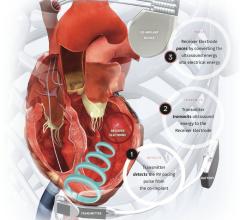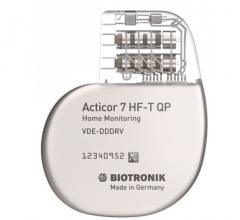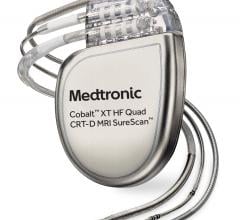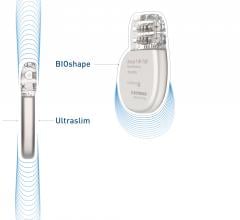April 6, 2012 — St. Jude Medical announced it is proactively informing physicians about visual observations of externalized conductors on the silicone end of QuickSite and QuickFlex left ventricular (LV) leads, used to connect cardiac resynchronization therapy (CRT) devices to the heart.
There have been no reports of patient injury or loss of therapy due to externalized conductors in these leads, but as a conservative measure, St. Jude Medical is communicating with physicians about the incidence rate so they have the most updated lead performance information with which to make important patient care decisions. The company will no longer sell the lead models and notes that the overall safety and reliability of QuickSite and QuickFlex leads continues to be comparable to currently available CRT leads from other manufacturers.
A copy of the physician letter and additional information about the leads can be found at sjmprofessional.com.
St. Jude Medical has confirmed 39 cases of externalized conductors, out of 171,000 QuickSite and QuickFlex leads sold worldwide, resulting in a current reported incidence rate of 0.023 percent, or 2.3 in 10,000. Because these leads continue to function normally, the company expects that this rate is under-reported. Based on an analysis of leads returned to the company and recent fluoroscopic images of implanted leads still in clinical use, St. Jude Medical estimates that 3 to 4 percent of QuickSite and QuickFlex leads may exhibit externalized conductors. As a result of this estimated rate, the company felt it was prudent to communicate with physicians about the externalized conductors at this time.
This medical device advisory does not affect the company’s continued sale of its newer QuickFlex µ (micro) or Quartet LV leads, which are fully insulated using Optim insulation along the entire length of the lead body. Optim insulation is a hybrid material that combines the biostability and flexibility of high-performance silicone rubber with the strength, tear resistance and abrasion resistance of polyurethane to provide increased durability and flexibility. There have been no reports or observations of externalized conductors in these newer Optim-insulated leads, out of more than 65,000 leads sold worldwide since 2008.
An externalized conductor occurs when the cable, or conductor, from inside the lead wears through the outer silicone insulation around the lead and appears outside the insulation body. This can be visualized on an X-ray or fluoroscopic image; however, these cables are protected by an additional layer of insulation, and therefore can continue to function properly if an externalization occurs.
For more information: www.sjm.com

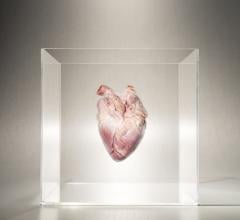
 May 22, 2023
May 22, 2023 

